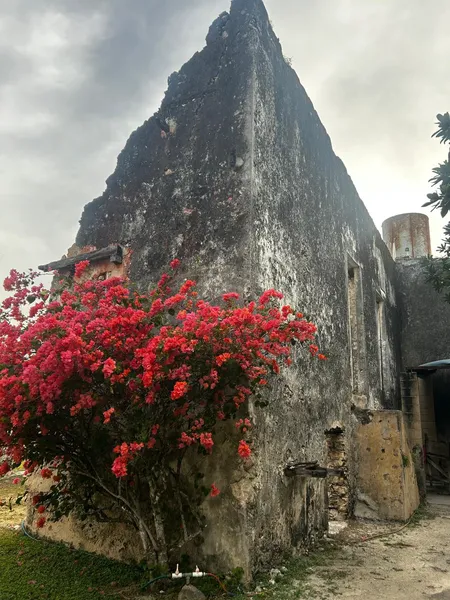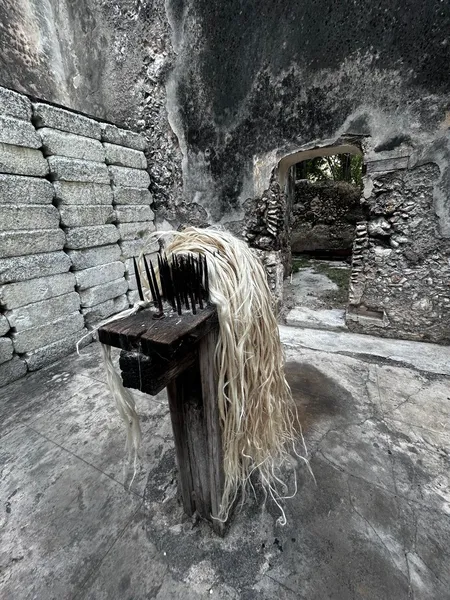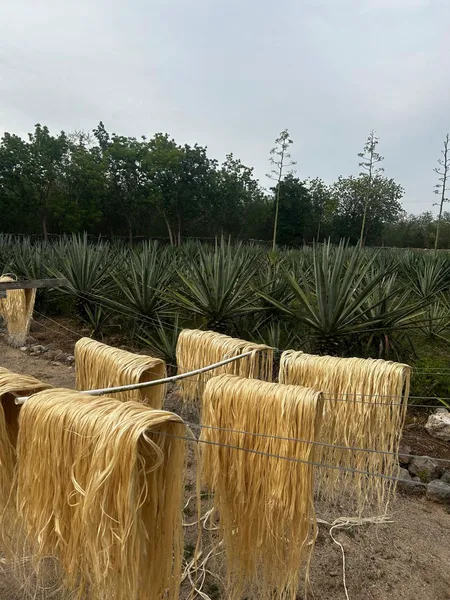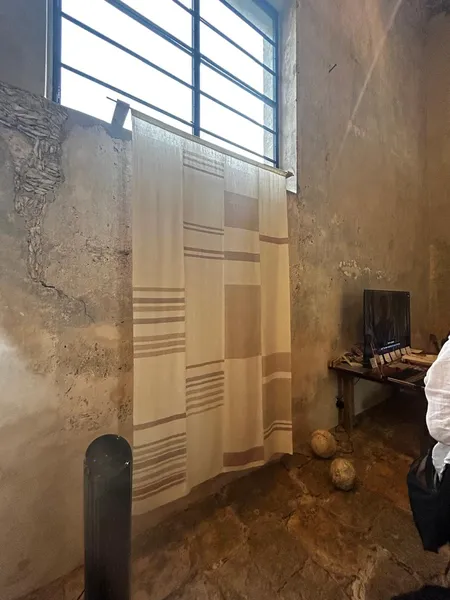Designing with Purpose: What Are Sustainable Materials?

At Habitat, we see sustainability as the foundation of how we design, build, and live. But what exactly are sustainable materials? Sustainable materials are locally sourced, minimally processed, and used in ways that protect the environment, promote human health, and support local communities. The objective is to live in balance with nature, rather than at its expense.
Key Characteristics of Sustainable Materials:
Locally Sourced: Materials harvested or produced nearby reduce transportation emissions and support local economies.
Rapidly Renewing: Resources that regenerate quickly—like bamboo, hemp, or certain grasses.
Chemical-Free: Avoiding synthetic treatments and harmful chemicals protects human health and natural ecosystems.
Minimal Impact: Materials that require less energy, water, or raw materials to produce and transport.
Reused or Repurposed: Giving new life to old materials keeps waste out of landfills and conserves resources.
Biodegradable or Recyclable: Materials that return safely to the earth or can be reprocessed into new goods reduce long-term waste and support circular systems.
But sustainable materials are more than a checklist. They’re about people, stories, and preserving heritage.


A Living Example: Weaving Tradition into the Future
This weekend, Habitat 3.0 proudly attended a community event in support of a renowned international designer, originally from the United States, who is redefining luxury through sustainability. Known for her high-end home goods, she focuses on the roots of design: natural materials, traditional craftsmanship, and community impact. Her process is a masterclass in eco-conscious creation:
Plant to Product: They grow their plants to create the fibers used in their line of stunning home goods—no imported synthetic threads here. The connection to land is literal and intentional.
Natural Dyeing: Instead of chemical dyes, they extract color from the bark of native trees, creating rich earth-toned textiles that are as beautiful as they are safe.
Ancestral Techniques: The products are handwoven using traditional skills passed down through generations. The designer founded an organization that preserves these techniques and actively teaches them.
Youth Empowerment: Community youth are trained in these sustainable, artisanal techniques—turning cultural heritage into economic opportunity.
Local Employment: The organization now supports over 100 local artisans and workers, strengthening the regional economy while reducing environmental impact.

Why It Matters
In a world where fast fashion, mass production, and extractive industries are still the norm, projects like this are revolutionary. They remind us that sustainability isn’t a trend—it’s a return to balance. When we choose materials that are good for the planet and the people who make them, we weave a more ethical, resilient, and inspiring future.
Let’s design, build, and live in ways that honor the earth and each other. That’s what Habitat stands for.
